3 Small Steps Toward Creating a Flexible Classroom
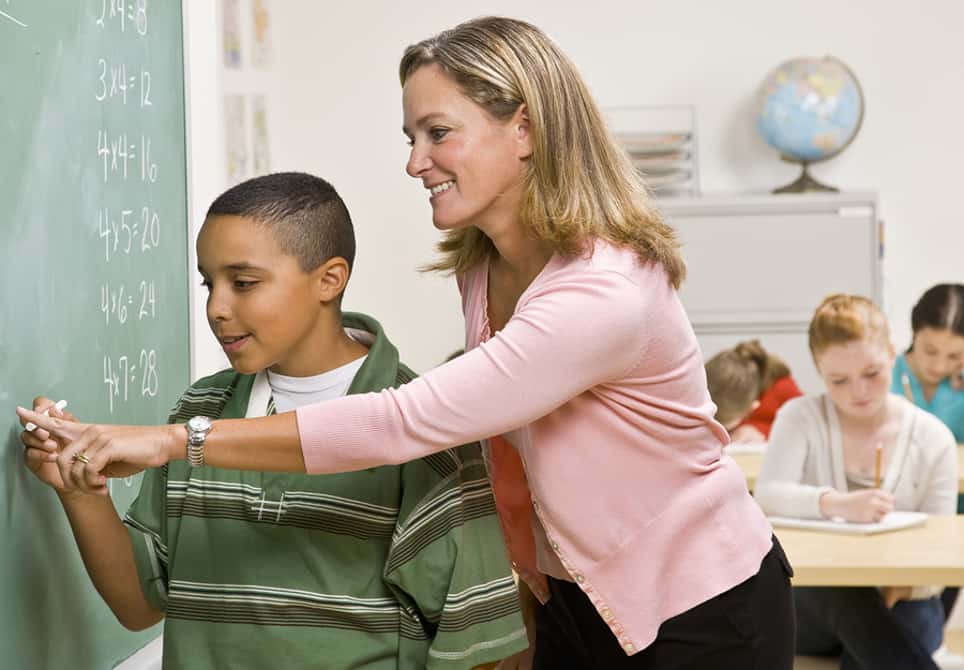
Writing a book about your practice can be very revealing.
I’ve always considered myself to be a reflective educator, but it wasn’t until I tried to explain my classroom to those who don’t know me that I realized that my teaching philosophies are actually deeply rooted in beliefs I have about students, not ELA.
In fact, as I wrote in my then nameless book about Differentiation, I kept thinking, “But, it isn’t just Differentiation. There’s something else. What is it that I want other teachers to know?” Finally, towards the end of the process, I wrote this sentence and it all became clear: This is a book about Differentiation, but it is also about a “whatever it takes” attitude that requires a culture of flexibility.
I’m a rule follower and not much of a rebel, but I know what good teaching is and isn’t. Suddenly I found myself in the middle of a major shift in my thinking, which at times has cast me in a new role. So many people have said to me, “I know Differentiation is important. I just don’t see how it is actually practical. It just wouldn’t work for me.” And I believe them. Differentiation with a capital “D” is intimidating and also oddly incomplete. As I finished the book and started thinking about what to call it, that word–flexibility–kept coming back to me. For those teachers who want to dabble with the big “D,” but might not want to completely revamp their already effective classroom, I’d like to propose these three baby steps towards creating a
For those teachers who want to dabble with the big “D,” but might not want to completely revamp their already effective classroom, I’d like to propose these three baby steps toward creating a Flexible Classroom:
1. Children Over Content
This doesn’t sound so revolutionary until you extrapolate exactly what this means in practice. High stakes testing, rigid grading structures and scripted curriculum take on a different significance if measured by that criteria. I’m not unrealistic about the necessity to “play the game” and live within the paradigm of my own particular paycheck.
However, there are baby steps one can take to shift the focus from the “what” to the “who.” The first is simply to own the language we use to talk about teaching and learning. Here are a few really powerful statements that push the envelope while also respecting the boundaries many teachers play within:
- For Joe, this approach is educationally sound. Let me show you the research.
- If we aren’t measuring that particular skill, we can offer a different option.
- Given what we know about Suzy, it is fundamental to her success that we…
- Bill is showing growth with this new strategy, so it only makes sense to continue.
These statements redefine the task at hand. Instead of asking whether Joe can retake a test, we are calling in the collective knowledge of our profession and opening the conversation to those beyond the confines of the conference room where you’ve gathered. Suddenly, we aren’t relying on our own authority, we’ve brought Rick Wormeli into the conversation!
The teacher in a Flexible Classroom always feels comfortable on the side of children and isn’t afraid to bring her Power Team–even if that Power Team is comprised of people she only knows from following their blog or reading their books. Remember “Super Twin Powers Activate!” It’s kind of like that.
2. The Right Rigor
If you are anything like me, you are pretty much done with the word “rigor.” However, for as long as we are saddled with it, we need to establish what it means as it is best for students. For example, 22 Ways to Add Rigor to Your Classroom doesn’t read like a boring diatribe, but instead is a great resource for Differentiation and best practices.
Jacqui Murray writes, “Rigor provides positive experiences, is an emotional high and engenders a pervasive sense of accomplishment students will carry for years–and use as a template for future events.”
This definition will stop those who want to pile on extra assessments, who value quantity over quality and forget why we are all teachers in the first place. The Flexible Classroom provides students with opportunities to grow and gain new skills; essentially, a Flexible Classroom simply provides fertile ground for student growth and doesn’t bury them in meaningless tasks in the name of “rigor.”
3. We’re All In This Together
There’s one of those inspirational memes going around social media that implores people to just be kind, as we have no idea what another person is going through. In a Flexible Classroom, this sentiment isn’t a poster on a wall, but at the center of what happens in the safety of that space.
Social and emotional learning (SEL) aren’t left behind after the “get to know you activities” of the first weeks of school, but rather those ideals are continually helping grow students who are ready to learn because their needs are attended to first. One of the most important thing a teacher in a Flexible Classroom can do is to encourage kindness–not just for others, but also for ourselves. 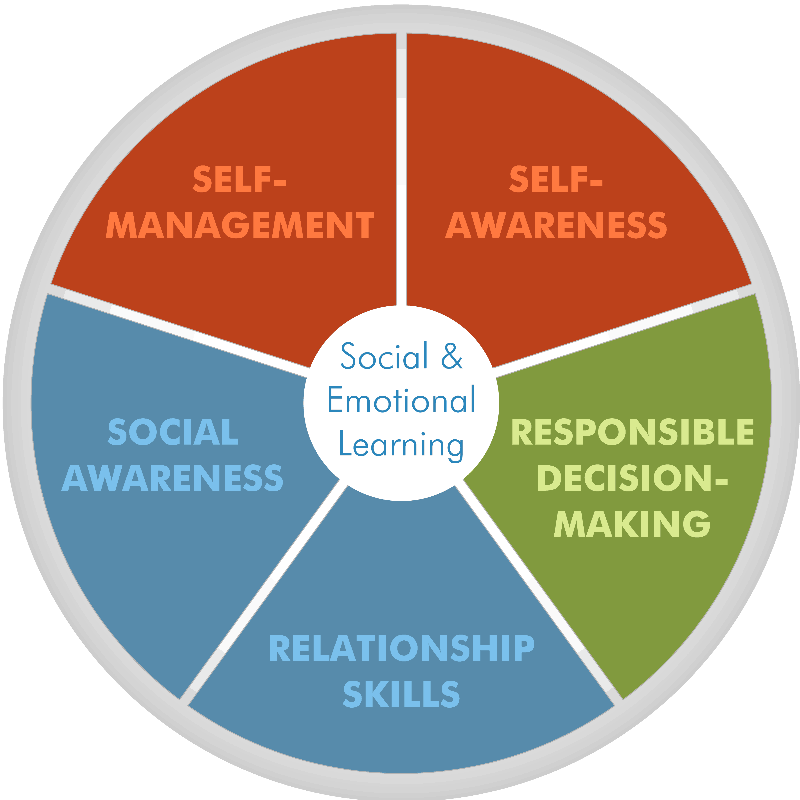
One of the most powerful ways to create community is to engage with whomever the children bring with them emotionally. If an older brother is the inspiration for Jose’s artwork, then have him come in to share his talents with the class. If last year’s math teacher inspires your students, figure out a way to collaborate.
Most of all, teachers in a Flexible Classroom recognize that the statement “we don’t know what they’re going through” applies to the children in their classroom, not just adults on Facebook. We make learning a part of their complicated, complex and challenging lives, teaching coping skills, strategies for success and self-advocacy.
You might not want to revamp your whole style to meet the demands of the big “D,” but you can take baby steps to differentiate by creating a culture of flexibility and an attitude of “whatever it takes” to meet the needs of your students. The Flexible Classroom is my response to the overemphasis of content over children, an obsession with ridiculous measures of rigor and the growing push for standardized and impersonal learning environments.
Create a Flexible Classroom of your own and begin to reclaim the love of learning that is innate in children by igniting curiosity within the comfort of an emotionally safe and socially aware space.
For more, see:
- Does the Classroom Prepare Students for the Real World or Just More Testing?
- Welcome to the Unclassroom
- Bringing Mindfulness to the K-5 Classroom
Stay in-the-know with all things EdTech and innovations in learning by signing up to receive the weekly Smart Update.
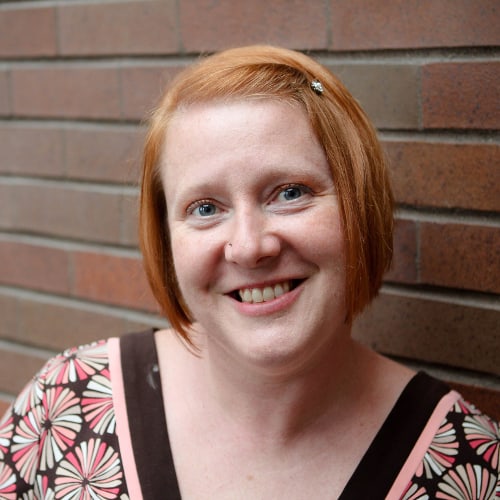

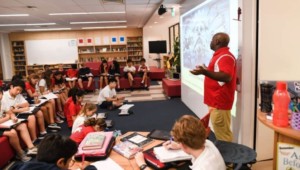

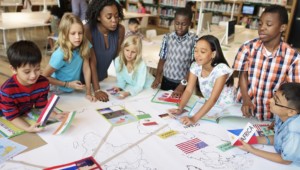
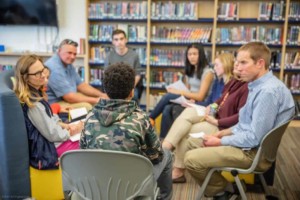
0 Comments
Leave a Comment
Your email address will not be published. All fields are required.